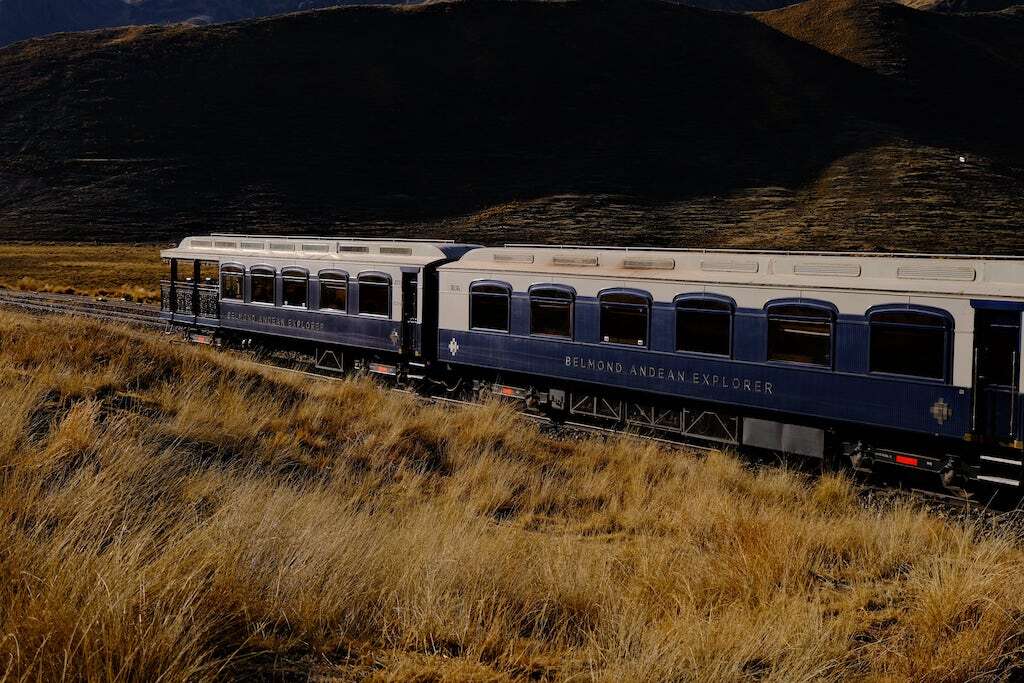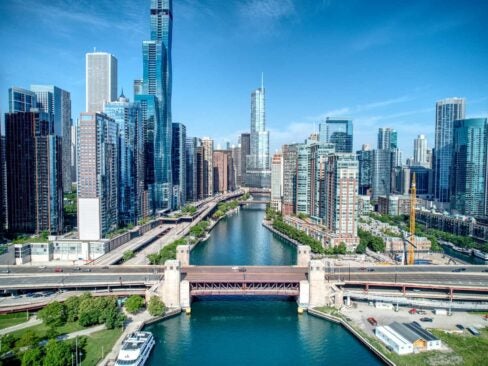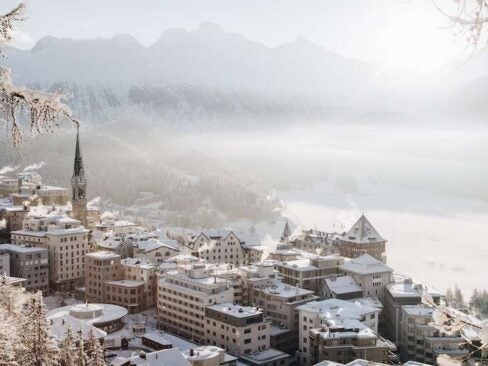Peru is as divine and naturally complex as its most intricate technicolor highland weavings. The story of this antediluvian wilderness begins with its most popular myth and legend: the Tale of Manco Cápac and Mama Ocllo. The fable traces the origin of the Incas and romantically recalls how the sun morphed its great powers to create human civilisation. Both emerged from the great depths of Lake Titicaca, and as if by magic, were blindingly transfixed under the command of the celestial spells cast from the golden sceptre of the Sun God. It was at this moment, according to ancient Inca lore, Peru as we now know it was born.
My Peruvian odyssey all begins in Cusco. Often dubbed the navel of the world, the city and its nearby sacred valleys are the undisputed archaeological capitals of the South American continent. With streets crowned by the remains of citadels and astronomically charged towers, the Incas were undoubtably ahead of their time. They built roads over the perilous Andes, set the foundation for intercontinental trading powers, and understood the bounties of exploratory agriculture in the most minute and scientific of ways.
Their infinite and galactic cosmology sprawled all over the city might, at first, appear mind-boggling, but once you get past the OCD of the Inca stone masonry, their story, in vast retrospect, highlights an extreme reverence, respect and worship for the Pachamama (Mother Earth).
This reverence is seen in practically every surviving monument throughout Peru’s lands: Temples dedicated to astrological deities, pyramids aligned to the stars and prehistoric terraces carved into the plateaus and mountains of the Sacred Valley. With stories of human sacrifice and God-like emperors, the Incas, to the untutored mind, seem like a distant and primitive civilisation, but the truth is, the height of their empire only reached its peak in the late 15th century, roughly around the same time Michelangelo was scribing the ceiling of the Sistine Chapel. Despite their young age, however, it’s their disconnectedness to the workings of the European Renaissance that proves to be a testament to their absolute artistic (and interstellar) genius. Summed up, primitive Peruvians were even way ahead of the Egyptians.
[See also: The Most Anticipated Hotel Openings of 2024]

Empires however, and as history has taught us, never end well. The demise of the Incan people came down to a spot of bad luck during a chance encounter when in 1527 two small Spanish ships stumbled upon a wood raft with cotton sails and 20 sea mates. After seizing the small vessel, the Spanish in all their gleeful horror seized the fortune of the century: an Inca boat loaded with all sorts of treasures.
Consumed by greed, the European conquerors began an expedition to this bounty’s origin, and just a few short years later in 1532, destroyed the Great Inca empire with an army of 62 horsemen and 106 soldiers. Thankfully, what the Spanish didn’t know is that beyond the borders of Cusco were countless sacred puts hidden far away in the highest mountains, most escaping the lustful hands of the continent’s invaders.
As we drive through the blockbuster landscapes of the Sacred Valley from Urubamba to Moray, the remains of villages, temples and citadels ravish in the most extraordinary and breathtaking of locations. The vast irrigation systems sculpted into the mountains, like those I see on a pitstop tour of Ollantaytamb, are a testament to the marvels of Inca sorcery. Think stone fortresses poetically positioned to worship the sun, age-old public baths, winding terrace fields and royal enclosures decorated in the finest chiselled stone worthy only of nobility. They are magnificent feats of human engineering, but in many respects, they are also marvellous works of art.
“No other civilisation has shaped nature with such elegance, and with such respect,” our private Scott Dunn tour guide Danny tells us. “Not much of the Incan history is known…Much of it was destroyed by the Spanish…scriptures, poems, stories…and so what remains are the stories, myths and legends passed on from generation-to-generation,” he sighs as we twist through the valleys.
[See also: Elite Traveler Reveals Top 100 Suites 2024]
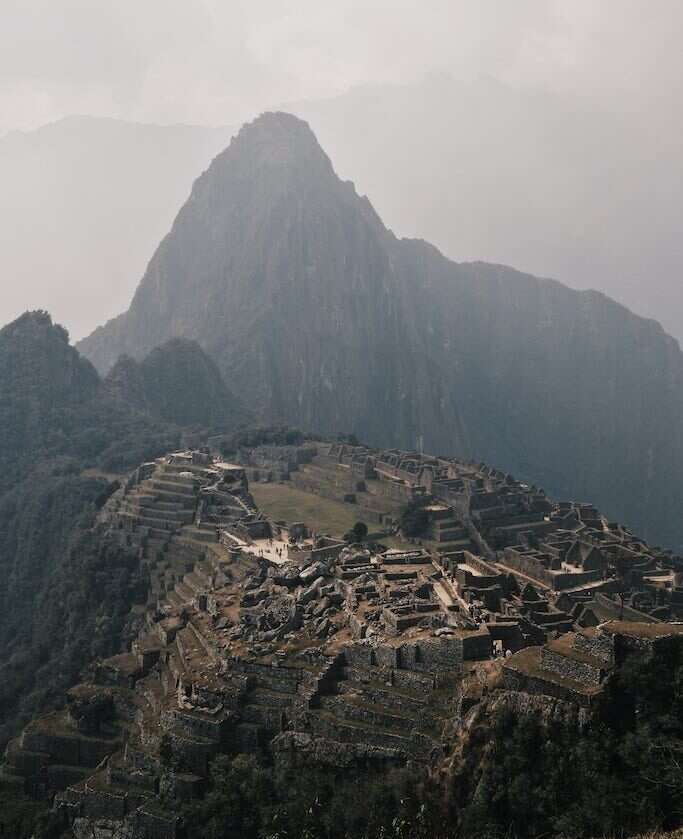
These sacred tales of Peru’s indigenous imperial past truly come alive aboard the Hiram Bingham, a Belmond train. Named after the famous American explorer who discovered and brought Machu Picchu to the headlines back in 1911, it’s often dubbed one of South America’s most beautiful and scenic train rides. Modeled after the Pullman carriages of the 1920s, there are two dining cars, a bar, an observation deck and a kitchen car manned with chefs tasked with feeding and entertaining 84 guests.
The set-up offers a dose of period Art Deco bling. Fine beige seats for tushes, tables draped in white linens and mahogany booths flecked with dark wood veneer, brass fittings, and elegant china. Though it’s all posh to a tee, the perk of a speedy luxury experience up to Machu Picchu is fast trumped by all the breathtaking scenery and the sketches of everyday Peruvian life framed by the train’s gleaming windows.
[See also: Belmond and Veuve Clicquot Partner on New Train Journeys]
Though the Incas are now long gone, their descendants still safeguard the pastimes of yesteryear. Treading through fields of red quinoa under the glare of the mountains in the distance, I spy men plowing the fields with heavy spades, women crafting traditional wares and children chasing alpacas draped in all sorts of vivid colors. The rivers here are mighty, the craggy drops dangerously sheer. The peaks high and the valleys stretch like a never-ending vortex.
Most of the drama takes place at lunch as we whizz through the approaching Picchu Mountains alongside the sacred Urubamba River. Cascades marvel, dense lush forest towers up countless granite rock formations, and grand wildernesses are unveiled in an almost Avatar-like fashion. It’s eerie but in the most magically charged way possible. Once we stop, mystical tours of the misty citadel are led by a private guide tasked with revealing the secrets of this spiritual scene.
[See also: Rocco Forte Hotels Launches Modern-day Grand Tour by Rail]
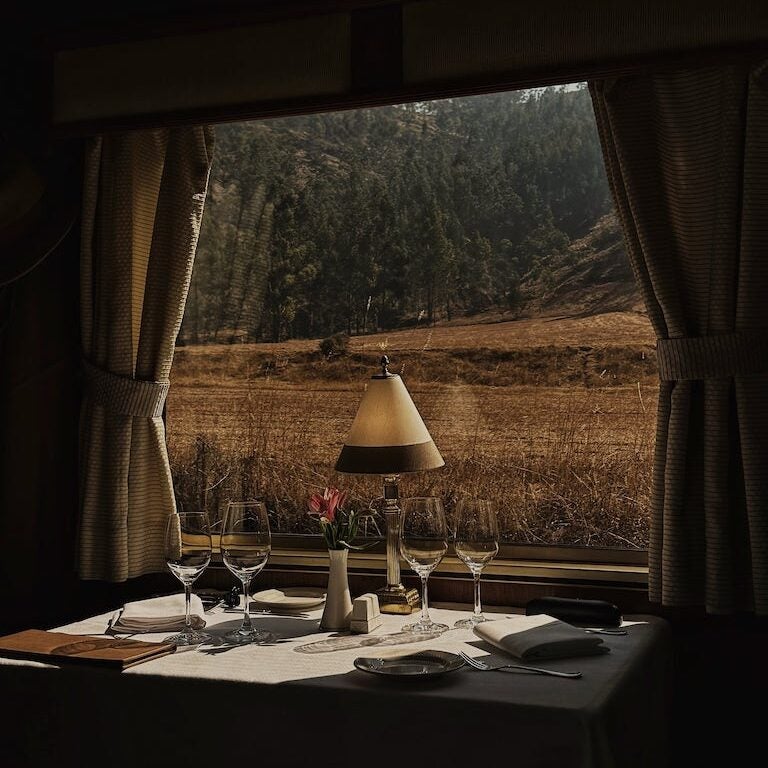
Sitting on a mound opposite the legendary Incan sanctuary, we hear stories of the mystic connections with the Pachamama and hallowed temples. “The Incas were not opposed to human sacrifice,” he tells us. One of the greatest legends surrounding the myths of Macchu Picchu is that it was a place where female virgins were sacrificed as offerings to the pagan gods. Others say that it was just one giant big astronomical center the Incas used to predict the seasons.
Throughout the complex, large stones, like the grand Intihuatana stone, carved to absolute perfection are perfectly aligned with the planets, stars and nebula of the universe. A quick jaunt through the Temple of the Condor, and the Temple of the Puma, we finished with tales of blessings and special cleansings at the Temple of the Sun, the holiest site in Machu Picchu wedged within the Sacred Rock before we took the great leap back down the mountain for an overnight in Cusco.
The next morning, we awoke for another great Peruvian train journey aboard the Andean Explorer, a Belmond train. Arriving at the station promptly at 9am, we are greeted by the sight of dancers in traditional dress dancing around the platform in celebration of our long journey. Before boarding, we all gather ritualistically around the platform for a sacrificial offering of coca leaves to bless our path blazed by incense, all set to the tune of folklore.
[See also: Paradise on Earth: Exploring the Galápagos Islands]

The trip from Cusco to Arequipa lasts three days twisting through mountainscapes, mammoth plains and a wilderness left so untouched, it feels almost primordial. Stepping on the Andean Explorer instantly feel ridiculously special. There’s an air of turn-of-the-century bling throughout. Grand spacious cabins are kitted out in all shades of white and cream with odes to the Peruvian landscape throughout: floral marquetry, beautifully polished brass, intricately woven poofs, kaleidoscopic motifs, plush fabrics and royal purple sofas etched into the train’s cavernous sides.
And the suites? Unlike its more ostentatious European sister train – the Venice-Simplon Orient Express – modern comfort and ample space reigns supreme. The non-apologetic grand suites take up a carriage each. Think double beds, large panoramic windows for uninterrupted views, roomy couches and en-suite bathrooms decked in marble and slick gold. The details are painstakingly obvious, crafted by artisans across the country.
Swaying to the myths and legends of the landscape, the marvels of the Peruvian countryside reveal themselves in an almost lyrical fashion. Small cities morph into vast and lonely tundras, fields of wildflowers snake up towards towering waterfalls, and glacier-topped mountainscapes glisten beneath the stratosphere. Gliding through the Sacred Valley, it’s the legends of the peaks that strike a chord most.
[See also: Experience the Authentic Food of Nevis on this Culinary Tour]
Andeans regard the mountains as living colossal deities who protect their communities and live in communion with all the other beings, Alexandra, our onboard tour guide, tells us as we swig piscos on the panoramic deck. There’s Ausangate, the fifth highest mountain in Peru, which is said to provide the masculine energy needed to fertilise the Pachamama and Sawasiray, a mountain top famed for the fable of Pitusiray, an Incan love tragedy of Hamlet-esque proportions.
It’s this sorcery of the landscape and its tales Armando Pareja, the GM of the train, tells me that “makes it that extra special.” As we crisscross the heavens he proclaims, “you are feeling Peru, experiencing it through the endless, untouched panoramas of its peoples.” The train itself is steeped in just as much legend. Carriages are named after all the local flora and fauna the steamer weaves through and on first inspection, it’s almost impossible to believe these grand carts were built back in the noughties, for all the art nouveau ceilings, lush sepiapanelling, intricate marquetry work and the exhaustively detailed brass grilles that hide the air-con units say otherwise.
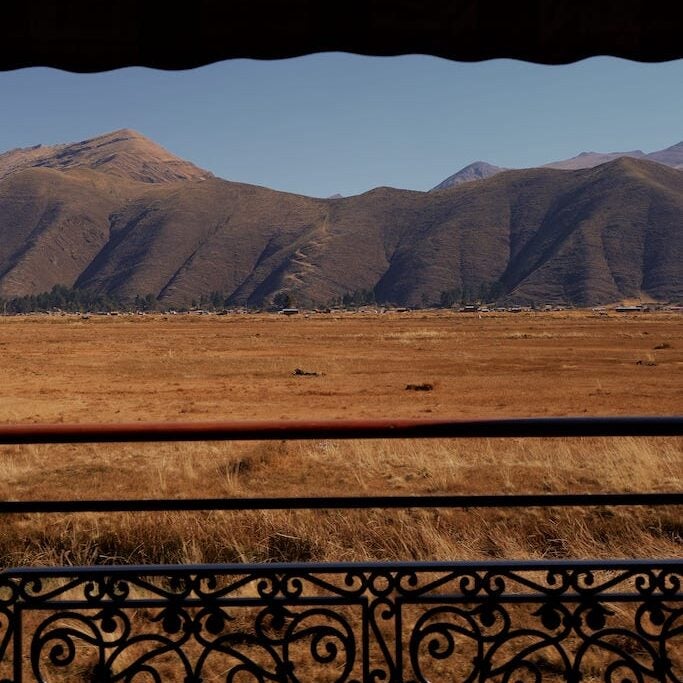
Then there’s all the delicious iconography. Look beyond the dashing blue of the train’s shiny exterior and you’ll clock the chakana cross, a storied three-stepped symbol of the Inca times that represents the heavens, the earth and the deathly underworld. It’s a constant feat emblazoned on quite literally everywhere you look on this train: on the stewards, the guides, on the pretty napkins, on tables and even on the plush bathrobes hidden away in your marble-draped bathrooms. It is, like my unfolding adventure throughout Peru, part of the story.
After a sunrise pit stop and visit to Lake Titicaca to visit the now touristy islands of Uros, we curve through the valley of volcanoes towards Arequipa. The sheer endlessness of the place boggles. The geopark crams in no less than 25 volcanic cones and the Colca Canyon, home of the mystical condor and one of the deepest canyons of the world over 60 miles long and nearly 2 miles deep.
[See also: The Best Private Island Resorts in the World]
The last stop is at the edge of another lake, Saracocha for a glimpse of the Milky Way. Alas, the moon is full and our view of the galaxy near impossible. Disappointment aside, our final day aboard the train begins with an epic sunrise over the lake. From here, the train curves deeper into the wilderness for a quick glimpse at the 7,000-year-old Sumbay Cave drawings before we begin the stately descent back down to Earth.
It’s the final trek that, in many ways, delivers the quintessential Peruvian scenes splashed all over the pages of glossy magazines: an endless horizon of desert-dry grasslands dotted by wild vicuña and the odd farmer. The end of my journey is just as quizzically poetic. As we roll into Arequipa Station Mount El Misti glistens in the distance, serving as a foreboding reminder of all the Incan ritual offerings, ceremonies and sacrifices below and inside the volcanic crater. Thankfully for me, I am not one of them.
In Lima however, Peruvian legend takes a different turn. Shrouded in fable, Lima’s food scene is legendary the world over with household names like Central recently scooping the coveted World’s 50 Best Restaurants prize. As diverse as the country’s landscapes, customs and cultures, Andean customs reign supreme in virtually every joint the city has to offer.
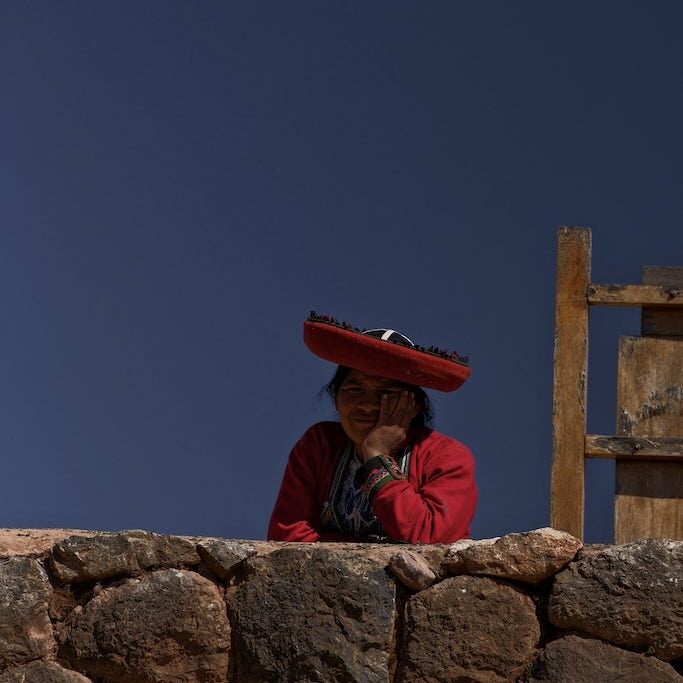
There’s Maido, the home of Nikkei cuisine where fresh locally sourced Peruvian ingredients get a good schooling in the art of Japanese fusion cuisine; La Mar, where hundreds flock to savour Peru’s staple ceviche round the clock; Astrid y Gastón, a city institution that has preached the perks and wonders of Peruvian gastronomy since it opened back in 1994; and Isolina, a great place to try criolla food, or traditional Peruvian comfort food with generous family-style generational dishes like tripe and fried blood stew or black bean tacu tacu (Peruvian beans and rice) with liver and onions. You are virtually eating history.
Full and jaded by the city’s culinary prowess, my journey ends on the never-ending bends of the ancient coastal road down to Paracas. The landscapes are somewhat familiar, yet alien. Almost Martian-like sands swoop through the warm winter air as the craggy mountains, sheer drops, coves, rocky islets and mammoth sand dunes of its namesake national park stir the souls with all its naturally magisterial wonders. The coastline is just as extraordinary. Grandiosely (and somewhat unfairly) nicknamed the ‘poor man’s Galápagos,’ the Islas Ballestas make for a memorable speedy boat trip.
[See also: Explore Serengeti by Sky on this Hot Air Balloon Safari]
Lying just off the small sleepy town of Pisco, wind, spray sun and the famous Candelabra Geoglyph, a giant three-pronged figure etched into the sandy hills – plus the occasional pod of dolphins to keep you company – as you whizz on the outward 30 or so minute boat journey over the Pacific to the island’s dramatic arches. Large herds of noisy sea lions sprawl over the rocks, while the guanay cormorant, the Peruvian booby and the Peruvian pelican soar above. You’ll also see flocks of cormorants, and if you are lucky, scores of Humboldt penguins wreaking havoc above and below the waves.
Back on land, I take to the skies for one last dose of adventure via Pisco Airport for a nosedive trip to whizz over the Nazca Lines. Spread over 310 miles of chocolate-brunt desert, the 800 or so straight lines, geometric shapes, patterns, geoglyphs and animal and plant biomorphs remain one of the world’s great whodunnits. Some think they were drawn for agricultural purposes by aliens; others to plot the astronomical calendar; or act as an elaborate art canvas for distant water worshipping cults. The truth is, to this day, nobody knows why they are there, but for nomads like myself perplexed by the spells of the gods, their mysterious storied past continues to bewitch and fascinate, and they will for years to come.
Scott Dunn offers a 16-night Peru itinerary from £11,750 ($14,822) per person based on two people traveling and includes accommodation, return flights from the UK, domestic flights, transfers and select experiences. For more information, visit scottdunn.com or call 020 3393 5192.
[See also: Knightsbridge Circle Launches Exclusive Round the World Trip]





